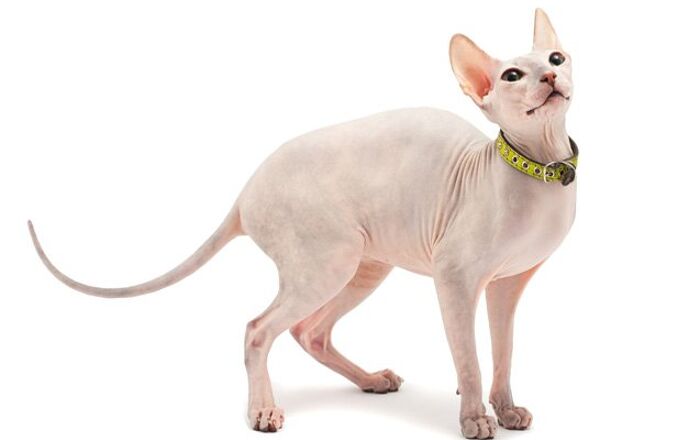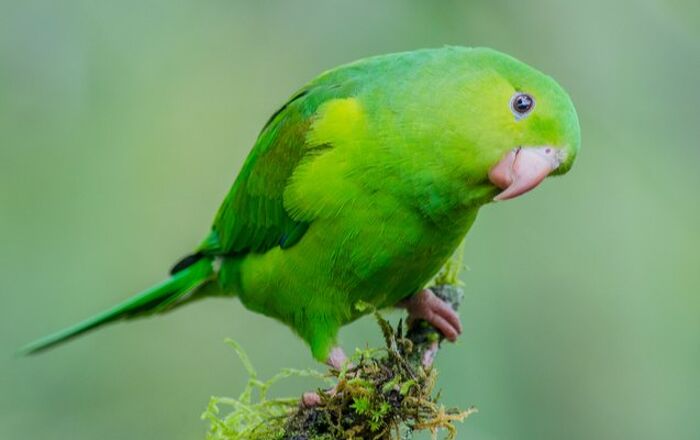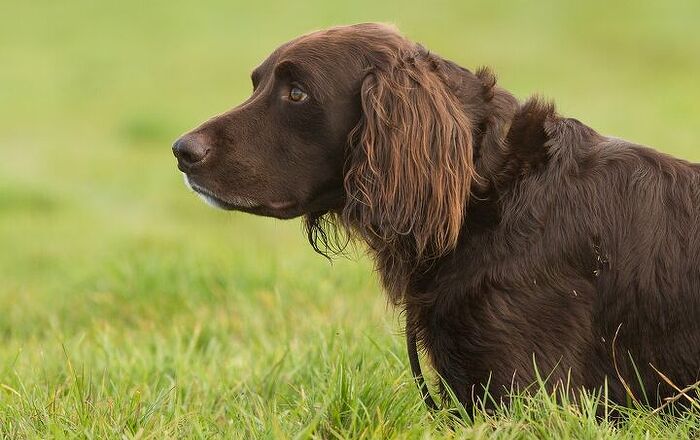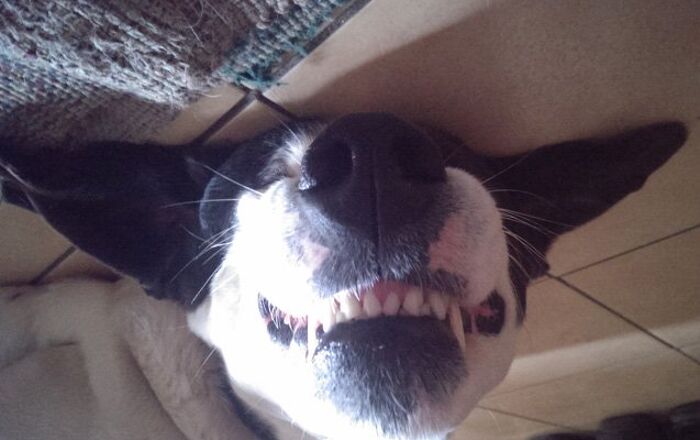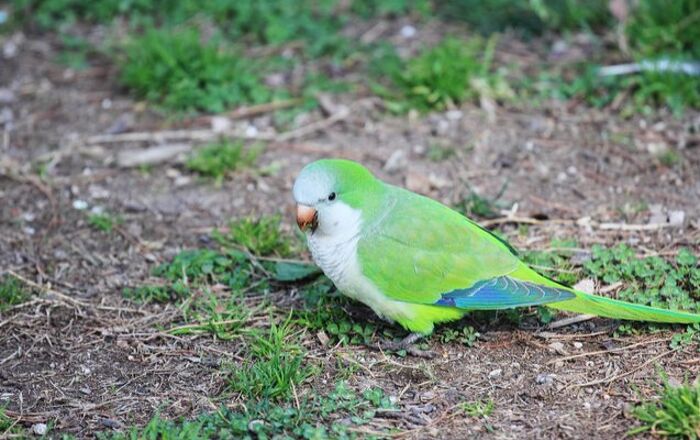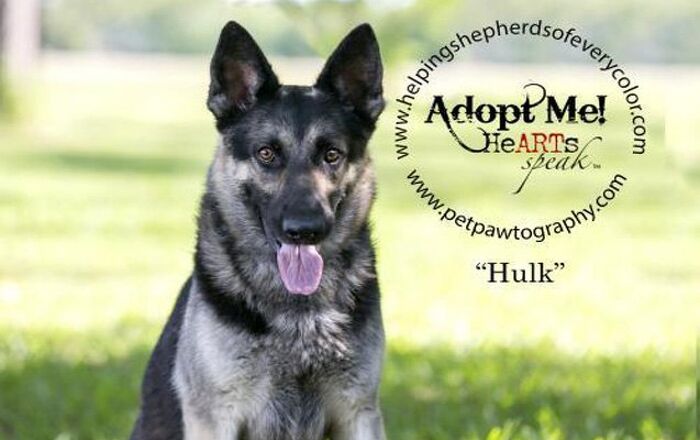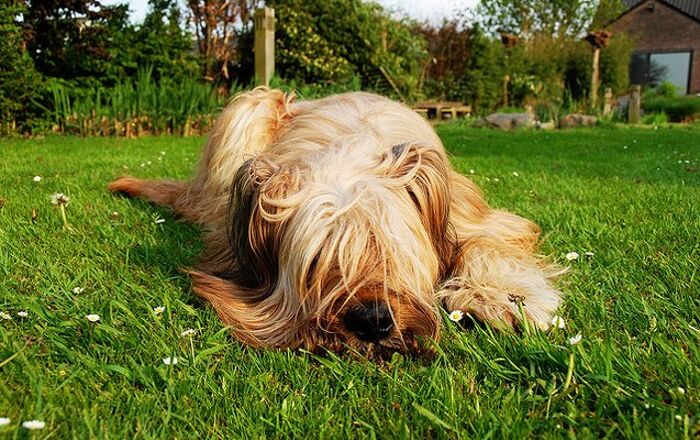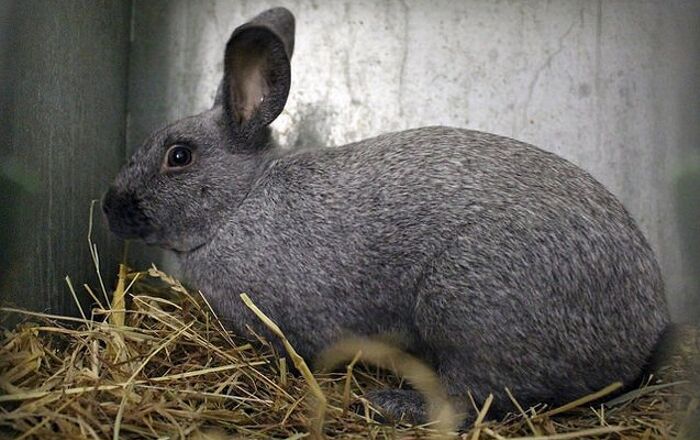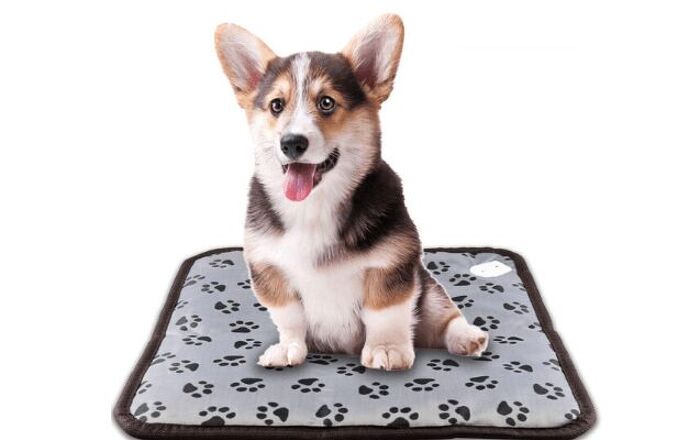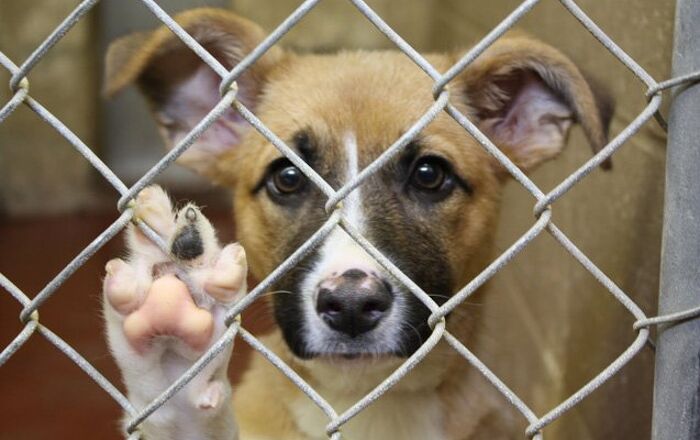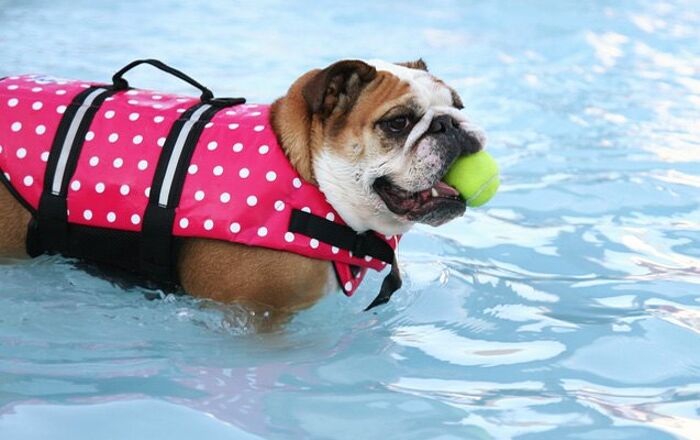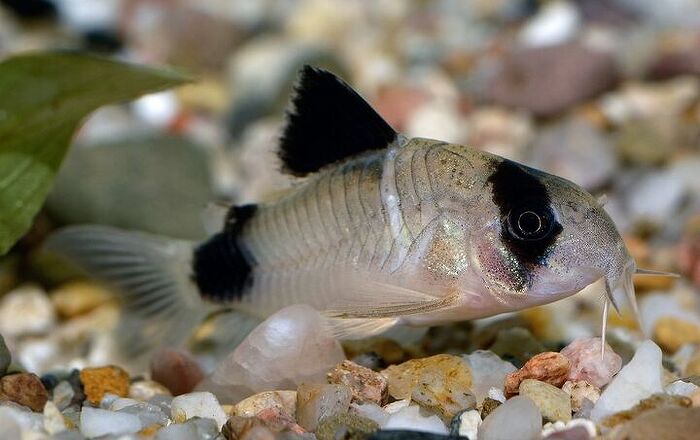
Mountain Cur Basics
The Mountain Cur is prized as an all-American working dog – they might still be somewhat uncommon, but it doesn’t mean that they don’t have impressive qualities. Intelligent, affectionate, and protective, the Mountain Cur has all the traits you could wish for in a hunting dog, watchdog, and of course, a family pet. Originally, they were an invaluable helping hand for the farmers of rural America as they were bred specifically to pursue small game and help with hunting and protecting the homesteads. Today, however, they are much more than that. Energetic and outdoorsy, they can be great pets for people who love hiking and adventure, and their loyal and affectionate nature makes them a good fit for solo owners and families with kids alike.
Provide the Mountain Cur with a home full of love and appreciation, and you will find out that they are obedient, eager to please, and a pleasure to train. They are an all-out balanced breed that perfectly captures that traditional American attitude of hard work and loyalty, which is one of the many reasons this rare breed still persists since the early pioneer times.
Origin
The Mountain Cur, just as its name suggests, has its origins in the rugged rural regions of America. It was brought over from Europe by the very first settlers, who needed all the help they could get, especially with hunting and pursuing small game. In time, the distinct Mountain Cur was developed in Tennessee, Ohio, Virginia, and Kentucky, where they protected the remote farmsteads and excelled in “treeing” small game. They were also valuable for baying big game too – bears and wild boars. The Mountain Cur had a lot of courage and energy, and other prized character traits as well. They were protective and formed strong bonds with their owners, both of which were greatly valued in the rural outback.
With the onset of the Second World War, the Mountain Cur nearly became extinct. Luckily, with the few remaining dogs, the breed was once again re-established and is no longer endangered. And in modern times, it is no longer used exclusively for hunting and protection. Mountain Cur proves to be a fun and energetic companion, and a great family pet. But even so, its inherent outdoorsy traits remain and will be definitely a big part of their character.
Pedigree
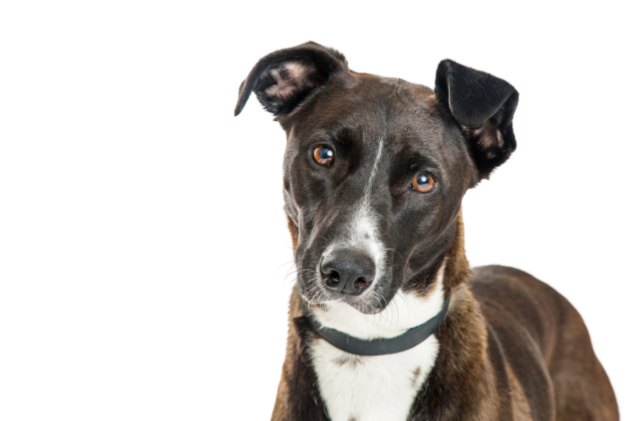
Some of the very first purebred Mountain Curs were raised by the American pioneer and frontiersman, Daniel Boone (1734-1820). His persistent work with the breed set the standards for all later breeders to come. Following the end of the Second World War, the increasingly rare Mountain Cur was saved from extinction by four diligent enthusiasts: Woody Huntsman, Hugh Stephens, Carl McConnell, and Dewey Ledbetter. They re-established the breed and set its official standard, and in 1956 they founded the Original Mountain Cur Breeders' Association. There is no doubt that many of today’s Mountain Curs can trace their origins to this period.
Looking back at the history of this breed, it is easy to see how it was possible for the Mountain Cur to become such a recognizable and distinct breed, with its pedigree and standardized characteristics.
Food/Diet
For any dog breed out there, a healthy and balanced diet is the foundation of good health and longevity. As an energetic and muscular breed, the Mountain Cur will require high-quality dog food that is suited for their age and activity levels. Usually, a high-protein dry dog food that’s formulated for the needs of working breeds and active dogs is a good fit for the Mountain Cur. of course, if you are ever in doubt about the type of food your pet needs, you should schedule a visit with your vet – after a thorough checkup, they can tell you just the type of food you should get for your pet to thrive.
Needless to say, you should never feed your dog scraps and leftover food from the table, as many human foods can have negative effects on their digestive system and overall health. No matter how cute those puppy eyes are, don’t sneak them “a treat” from your plate. An occasional dog treat is perfectly fine, however, and can be a great stimulus during training.
Training
As for the training itself, you will discover that the Mountain Cur is highly obedient, exceptionally smart, and eager to please their owners. That makes training relatively easy and straightforward. One thing is certain: the Mountain Cur loves having a job to complete. They will react to commands with a positive attitude, as they are a traditionally working breed and respond to instructions almost instinctively. Of course, this is only true if you start training on time. It is always easier working with younger dogs that soak up all new information with ease.
Still, Mountain Curs will give you no trouble during training. A few treats for positive reinforcement, and just a little bit of patience, and you will quickly see results. However, it is important to know that Mountain Cur will always need a leader figure to follow. In the olden days, this was usually the head of the hunt and the head of the homestead. Nowadays, you need to be the dominant figure and the “hunt leader”. Adopt the alpha attitude early on, and your pet will follow lead.
Weight
The Mountain Cur is a dog that falls into the medium-to-large category. On average, adults are expected to grow to a height of 18 to 26 inches for males, and 16 to 24 inches for females. Their weight will vary between 30 and 60 pounds on average. These parameters rarely stray off the mark, making the Mountain Cur a very unified breed.
Temperament/Behavior
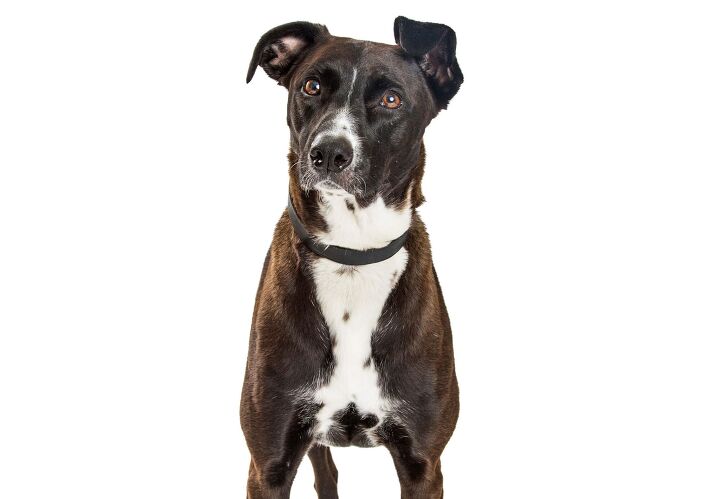
This breed is much more than just a simple working and hunting dog. Beneath that rugged facade hides a character with a lot of layers. The Mountain Cur is truly versatile. In general, they are an outdoorsy and energetic breed, serious on the surface, but fun deep down. In a “homestead” and family setting, their loyal and protective side will float to the surface: in their own territory, they will be ideal guards and watchdogs, and keep their human family safe.
They are also very friendly with the people they know and are accustomed to, and can be gentle with kids as well. However, their hunting traits can take over when they see tiny animals such as squirrels and cats, or even those petite lap dogs. To deal with their high prey drive, these dogs need proper socialization early on. Without it, the traditional traits of the Mountain Cur can take over and that can make it difficult for them to coexist with other small pets in the family. Other than that, the breed can be ideal for solo owners with a passion for outdoor activities. If you are an avid hiker, camper, and adventurer, the Mountain Cur can become the ideal companion on those lengthy treks. Their loyal and obedient nature will prove to be invaluable.
Common Health Problems
The Mountain Cur is a generally healthy and strong breed with little to no breed-specific issues. Athletic and lean, they will require an adequate amount of exercise and activity in order to remain in their best shape. Still, no dog is impervious to health issues, and the Mountain Cur is no exception. This breed can sometimes be prone to light skin infections and irritations, as well as infections of the ear. Proper hygiene, nutrition, and regular vet checkups can keep this at bay, however.
Another possible health issue for this breed is arthritis, which develops in their seniority. Their joints might suffer in old age, due to the activity and energetic lifestyle of this breed. With your vet’s advice and consent, you can provide your pet with supplements that will keep their joints strong and healthy, and greatly reduce the chance of arthritis in old age.
Life Expectancy
The average life expectancy of a Mountain Cur is between 10 and 13 years. Of course, a lot will depend on your care over the years, so make sure to provide all your pet needs to stay healthy well into their golden years, including a quality diet, active lifestyle, and regular vet visits.
Exercise Requirements
Due to the breed’s traditional roles as a working and hunting dog, the modern Mountain Cur also has relatively high energy requirements. You will need to provide them with ample daily exercise in whatever form possible. That can be long walks around the neighborhood or some active playtime in the local park. Of course, as a traditional homestead dog, the Mountain Cur will thrive the most in a home with a spacious fenced-in yard at the very least. That way, this pup can play and run as much as they need to.
While they can be trained, Mountain Curs don’t usually do well as apartment dogs, simply because it can be too challenging to provide them with enough physical activity in such an environment. Remember that a dog whose exercise requirements aren’t met can develop some unwanted behavioral issues. These often start as excessive barking and destructive behavior, but can quickly turn into depression, apathy, aggression, and loss of appetite. If your daily schedule cannot compete with the exercise requirements of a Mountain Cur, then perhaps this active breed is not for you.
AKC
Thanks to its old heritage and well-defined breed origins, the Mountain Cur is an accepted breed with the American Kennel Club. Likewise, they have been a registered breed with the United Kennel Club, one of the oldest in America, since 1998. The breed also has its own association – the Mountain Cur Breeders’ Association, formed in 1957. This means that as a potential Mountain Cur owner, you can find plenty of assistance and information with these registries and like-minded owners.
Coat
The Mountain Cur is a short-haired breed. They have a smooth coat that is relatively easy to care for and to keep spic and span. Occasional light brushing will be great for maintenance and general tidiness. Of course, the coat will shed twice per year, during the shedding season, and more frequent brushing might be needed at these times. All in all, these are doggos that are easy to care for, as long as you are regular about it. Their ears should be cleaned occasionally, and their nails trimmed as needed. It is important to remember that you shouldn’t bathe a Mountain Cur all that much. Frequent baths can dry out their skin and open the door to irritations and nasty skin infections.
The Mountain Cur’s coat comes in a variety of colors and markings. They can be black, brindle, brown, yellow, or red, with brindle markings, tan points, and white spots. Needless to say, their appearance is varied and can cater to the personal preference of any owner.
Puppies
In the life of every dog, those early impressionable days are the most important. Mountain Cur puppies will need to be sheltered and protected in their very first days. American pioneer Daniel Boone, who cultivated this breed, used to carry the puppies in special protective baskets during his long frontier voyages. Just like Boone, you will also have to keep them safe. Avoid large crowds and eager hands as they can potentially stress the puppy and cause trauma.
But as soon as the fragile period is over, you should introduce the puppy to the world! Socialization and training should start at this early stage, as both are fundamental for the development of a healthy and friendly dog. For Mountain Curs, who have inherent hunting instincts, socialization is mandatory. If you fail with this aspect, your pet’s instincts can float to the surface at unexpected times. This means that tiny pets and animals can be seen by them as prey. But as long as you introduce them to other friendly pets, and humans too, the Mountain Cur will be a friendly and sociable animal. Yet even so, they will know when to be protective of their human family, and who to trust – or not.
Photo credit: GoodFocused/Shutterstock



